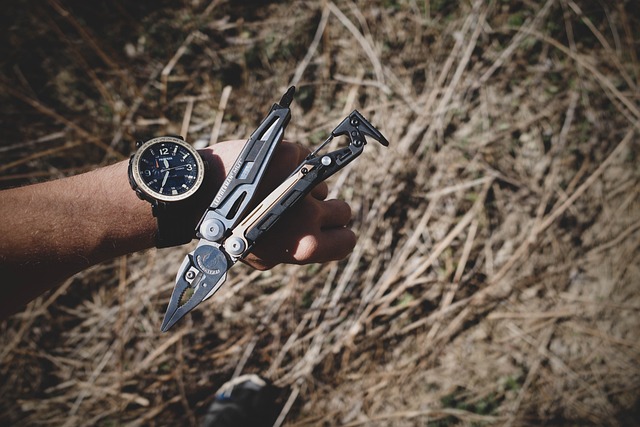Test Your Skill – Take a Quiz on Bushcraft
Introduction
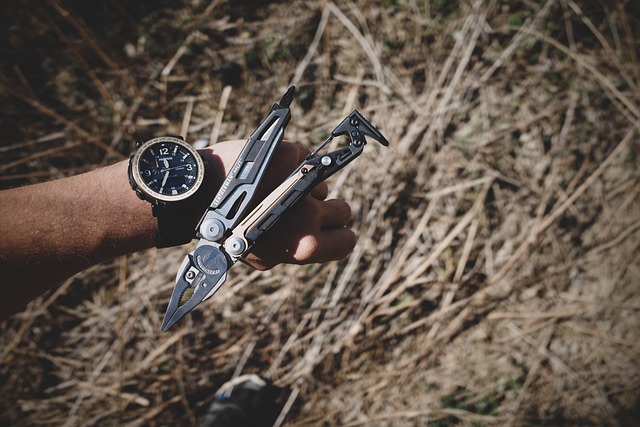 When it comes to preparedness, few skills are as valuable as bushcraft. This ancient art of surviving and thriving in the wilderness with minimal tools is a cornerstone of self-reliance. For preppers, mastering bushcraft means being ready to face the challenges of nature head-on, whether during an emergency or a long-term off-grid scenario. In this blog, we’ll explore the key bushcraft skills every prepper should know, using a detailed set of questions and answers as our guide.
When it comes to preparedness, few skills are as valuable as bushcraft. This ancient art of surviving and thriving in the wilderness with minimal tools is a cornerstone of self-reliance. For preppers, mastering bushcraft means being ready to face the challenges of nature head-on, whether during an emergency or a long-term off-grid scenario. In this blog, we’ll explore the key bushcraft skills every prepper should know, using a detailed set of questions and answers as our guide.
The Primary Goal of Bushcraft
Bushcraft is more than just surviving in the wild; it’s about thriving. The primary goal of bushcraft is to survive and thrive in nature using minimal tools. This approach emphasizes self-reliance and the ability to live off the land. Unlike other survival strategies that may focus on short-term needs, bushcraft is about long-term sustainability in the wilderness, making it a vital skill set for any serious prepper.
The Essential Tool: The Survival Knife
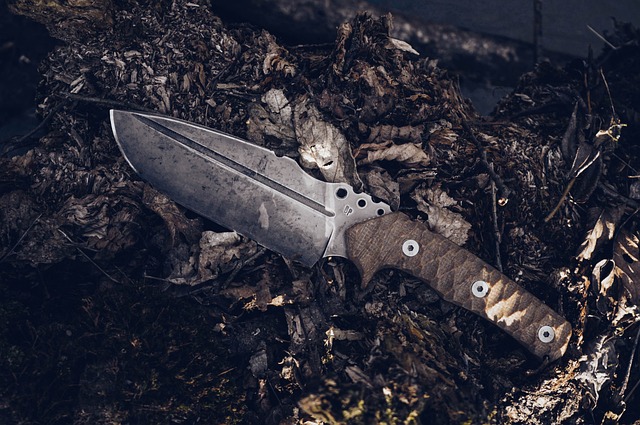
When it comes to bushcraft, if you could only choose one tool, it should be a survival knife. This versatile tool is essential for countless tasks in the wilderness, from cutting and carving to preparing food. A good survival knife can help you build shelters, make fire-starting tools, and even create other useful implements from wood. In bushcraft, your knife is not just a tool; it’s an extension of your hand.
Starting a Fire in Wet Conditions
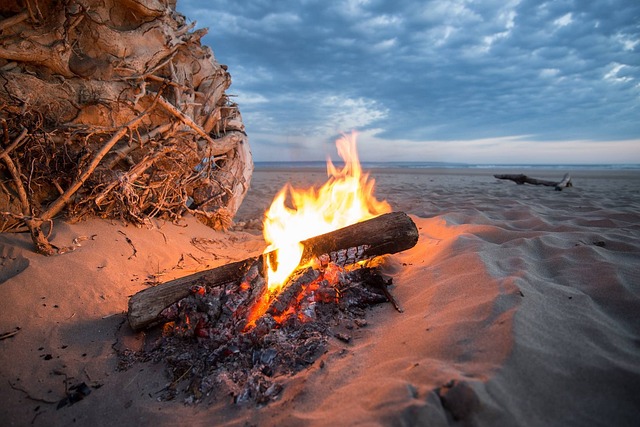 Fire is crucial in any survival situation for warmth, cooking, and protection. However, wet conditions can make fire-starting particularly challenging. The most reliable method in such scenarios is using a fire starter with dry tinder. Tools like a ferro rod combined with tinder such as cotton balls, birch bark, or even feather sticks (which we’ll discuss later) can make all the difference when everything else is damp.
Fire is crucial in any survival situation for warmth, cooking, and protection. However, wet conditions can make fire-starting particularly challenging. The most reliable method in such scenarios is using a fire starter with dry tinder. Tools like a ferro rod combined with tinder such as cotton balls, birch bark, or even feather sticks (which we’ll discuss later) can make all the difference when everything else is damp.
Shelter Building: The Lean-To
A good shelter is critical for protection from the elements. In bushcraft, one of the most common and effective shelters is the lean-to. This simple structure can be built quickly and provides excellent coverage from wind, rain, and snow. Knowing how to construct a lean-to with natural materials is a foundational skill in bushcraft, ensuring you can stay safe and dry no matter the weather.
Purifying Water: Boiling
Access to safe drinking water is non-negotiable in a survival situation. While there are many methods to purify water, boiling it for at least one minute is the most effective way to kill pathogens. Whether you’re using water from a stream, lake, or rain, boiling ensures that your water is safe to drink, preventing illnesses that could be debilitating in the wild.
Traditional Fire-Starting: The Bow Drill
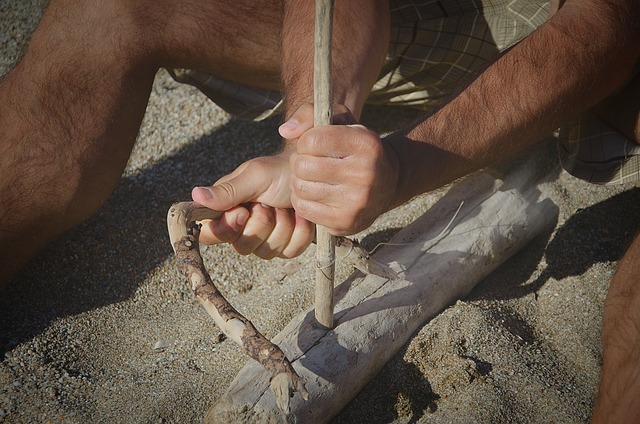 While modern fire starters are invaluable, understanding traditional methods like the bow drill is a key bushcraft skill. The bow drill is a time-tested method that uses soft dry wood to create the friction needed to ignite a fire. Mastering this technique not only gives you a reliable backup method for fire-starting but also deepens your connection with the natural world.
While modern fire starters are invaluable, understanding traditional methods like the bow drill is a key bushcraft skill. The bow drill is a time-tested method that uses soft dry wood to create the friction needed to ignite a fire. Mastering this technique not only gives you a reliable backup method for fire-starting but also deepens your connection with the natural world.
The Importance of Plant Identification
In the wild, your ability to identify plants can mean the difference between life and death. Learning to recognize edible and medicinal plants is essential for bushcrafters. This knowledge allows you to find food and medicine, helping you stay nourished and healthy even in the most remote locations.
Versatility of a Tarp
A tarp is one of the most versatile items you can carry into the wilderness. Its primary use in bushcraft is to create a quick shelter. Whether you need protection from rain, wind, or sun, a tarp can be rigged in countless ways to provide immediate cover. It’s lightweight, easy to pack, and can be a lifesaver in adverse conditions.
Knots: The Clove Hitch
When it comes to securing shelters or gear, the clove hitch is a go-to knot in bushcraft. It’s simple, quick to tie, and holds securely under tension. Whether you’re setting up a lean-to or securing a load, knowing how to tie a clove hitch ensures that your knots won’t slip, keeping your shelter or equipment intact.
Year-Round Practice
Bushcraft isn’t a skill you can master overnight. To be truly prepared, it’s important to practice year-round. Different seasons bring different challenges, from the deep snow of winter to the sweltering heat of summer. Regular practice in all conditions will help you adapt and hone your skills, ensuring you’re ready for whatever nature throws your way.
Animal Tracking: Recognizing Tracks and Signs
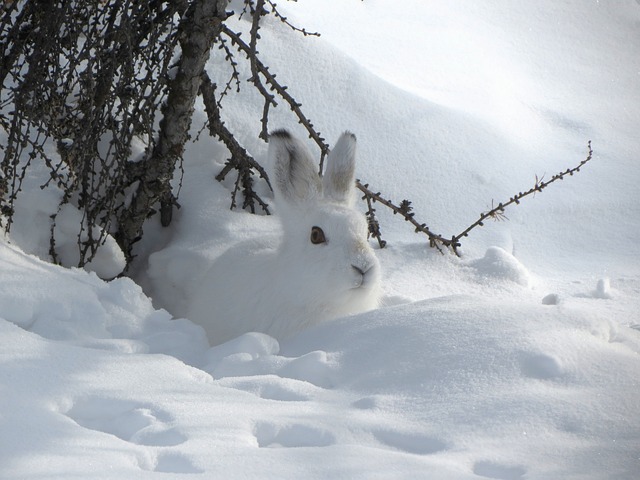 Understanding the behavior of local wildlife is crucial for finding food and avoiding danger. The most important tracking skill in bushcraft is the ability to recognize tracks and signs. This knowledge can help you locate animals for food or identify areas where predators might be lurking, keeping you safer in the wild.
Understanding the behavior of local wildlife is crucial for finding food and avoiding danger. The most important tracking skill in bushcraft is the ability to recognize tracks and signs. This knowledge can help you locate animals for food or identify areas where predators might be lurking, keeping you safer in the wild.
The Spoon Knife: A Unique Tool
Bushcraft often involves crafting your own tools and utensils. A spoon knife (also known as a hook knife) is specifically designed for carving spoons and bowls. This tool allows you to create your own eating utensils and other functional items, making it an important part of a bushcrafter’s toolkit.
Navigation: Mastering the Compass
 Getting lost in the wilderness can be deadly. That’s why knowing how to use a compass is vital. A compass helps you navigate unfamiliar terrain, ensuring you can find your way back to camp or reach your destination without getting lost. In bushcraft, a compass is not just a navigation tool—it’s a lifeline.
Getting lost in the wilderness can be deadly. That’s why knowing how to use a compass is vital. A compass helps you navigate unfamiliar terrain, ensuring you can find your way back to camp or reach your destination without getting lost. In bushcraft, a compass is not just a navigation tool—it’s a lifeline.
The Utility of Paracord
In bushcraft, paracord is invaluable. This strong, lightweight cordage is incredibly versatile, useful for tasks like building shelters, securing gear, and even making traps. It’s a must-have item in any bushcraft kit, providing a reliable means to accomplish numerous tasks in the wild.
Preserving Food: Salting and Drying
In a long-term survival situation, preserving food is essential. Salting and drying are traditional methods that allow you to extend the shelf life of food without refrigeration. Whether you’re preserving meat, fish, or plants, these techniques are critical for ensuring you have enough to eat when fresh food isn’t available.
Building a Water Filter
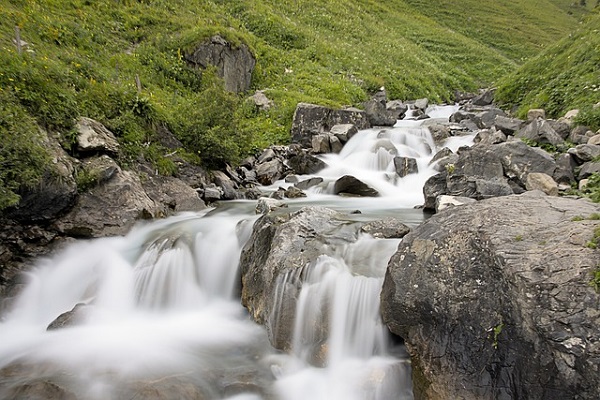 Beyond boiling, knowing how to build a water filter using natural materials is an essential skill for bushcrafters. A simple filter made from sand, charcoal, and gravel can remove sediments and some pathogens, making the water safer to drink. This skill is particularly useful when you need to treat large quantities of water or when boiling isn’t feasible.
Beyond boiling, knowing how to build a water filter using natural materials is an essential skill for bushcrafters. A simple filter made from sand, charcoal, and gravel can remove sediments and some pathogens, making the water safer to drink. This skill is particularly useful when you need to treat large quantities of water or when boiling isn’t feasible.
Catching Food: The Snare Trap
In bushcraft, food is often scarce, making the ability to catch small game critical. Learning to make a snare trap is a simple yet effective way to secure a steady food source. These traps can be made from natural materials or paracord and are an essential skill for any prepper who may need to rely on wild game for sustenance.
Starting a Fire with a Feather Stick
In wet or damp conditions, starting a fire can be tough. A feather stick is a bushcraft technique where thin curls are shaved from a stick to create fine, dry material that catches fire easily. This method is particularly effective when dry tinder is scarce, helping you start a fire when you need it most.
Selecting the Right Wood
Not all wood is created equal, especially when it comes to fire-starting. Dead standing wood is often the best choice for building a fire in wet conditions. Unlike wood found on the ground, dead standing wood is typically drier, making it easier to ignite. This knowledge can be crucial when every spark counts.
Leave No Trace
Finally, one of the most important principles in bushcraft is to leave no trace. This means minimizing your impact on the environment by avoiding permanent structures, not disturbing wildlife, and cleaning up all evidence of your presence. Practicing this principle ensures that natural areas remain pristine and available for future generations.
Conclusion
Bushcraft is more than just survival; it’s about living in harmony with nature while being fully prepared for any situation. For preppers, mastering these bushcraft skills is not just about readiness—it’s about resilience. Whether you’re learning to build a shelter, start a fire, or find food, each skill you acquire makes you more self-reliant and better equipped to handle whatever comes your way. So, get out there, practice these skills, and embrace the world of bushcraft as an essential part of your prepping strategy.

